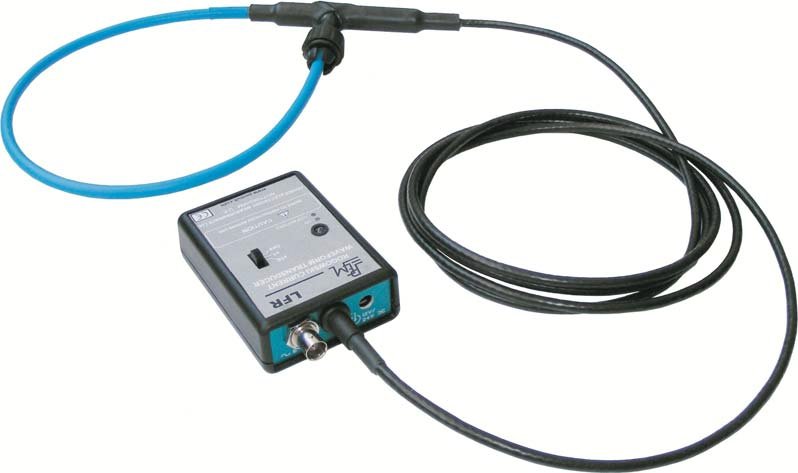Well, not really, the answer was yes, it has been measured many times, followed by a discussion of measuring the current flow of cables in isolation and a bit of semantics about what is direct and what is indirect (Is "direct" the measurement of the output of the component the PC is supposed to improve, or the measurement of the cable in isolation? I think that depends on the objective of the measurement). If anything was said about a measured change in the performance (you put it better -- analog output) of a component as a result of an upgraded PC, I must have missed that part. And of course, an audible change in the output of the component in question - lower noise floor, lower distortion, flatter FR, faster response... - is the only thing that matters, and the thing that never seems to get discussed in anything but anecdotal reports from audiophiles and cable suppliers.
So no...nothing satisfactory, or convincing, here so far.
Tim
Basically you are dismissing the efforts of a device that shows instantaneous current delivery capability - cable vs cable, connector vs connector because while their is measurable proof you have not seen a comparison of the output (post preamp, post amp, etc). You raise a good point how about the old Carver challenge test and see what the delta is maybe?


